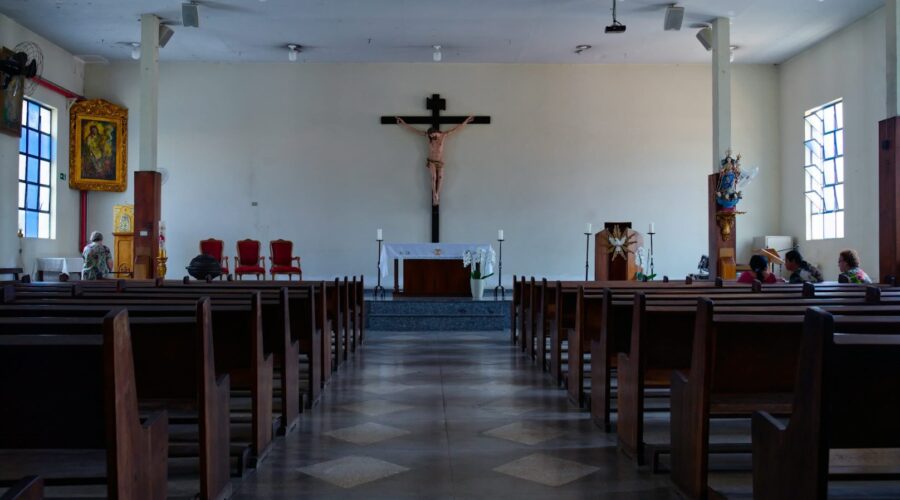Your cart is currently empty!
Discover the Historic and Spiritual Significance of the Church of the Resurrection

Nestled amidst the bustling Holy Land, the Church of the Resurrection stands as a testament to the transformative power of faith and the significance of the Christian tradition. Embark on a journey through its hallowed halls and uncover the profound stories and architectural wonders that have captivated pilgrims for centuries.
A Historical Timeline of the Church
The history of the Church of the Resurrection is intertwined with the pivotal events of Christianity:
- 1st Century: The crucifixion of Jesus Christ is believed to have occurred on Golgotha, where the church is now situated.
- 4th Century: Emperor Constantine commissioned the construction of a basilica to commemorate the resurrection of Jesus.
- 614: The Persians destroyed the basilica during their invasion of Jerusalem.
- 630: The Byzantine Empire rebuilt the church, incorporating the remains of the original structure.
- 11th Century: The Crusaders renovated the church, adding the distinctive dome and bell towers.
- 19th Century:Extensive renovations were undertaken by the Franciscan Order and the Church of Greece.
Architectural Marvels
The Church of the Resurrection is a masterpiece of Byzantine and Romanesque architecture:
Exterior
- The Dome: The gilded dome, a prominent landmark, symbolizes the heavens and the resurrection of Jesus.
- The Bell Towers: Two iconic bell towers flank the dome, each adorned with intricate carvings and biblical scenes.
- The Facade: The main entrance features a series of arched doorways and windows decorated with mosaic tiles.
Interior
- The Rotunda: The central rotunda houses the Tomb of Christ, the holiest site in the church.
- The Aedicule: The marble shrine enclosing the Tomb is a work of exquisite art and symbolizes the empty tomb and the resurrection.
- The Chapels: Numerous chapels surround the rotunda, each dedicated to different saints and events.
Religious Significance
The Church of the Resurrection holds immense significance for Christians worldwide:
The Crucifixion and Resurrection
The site of Golgotha, where Jesus is believed to have been crucified, is marked by the Altar of the Crucifixion. Nearby, the Tomb of Christ represents the empty grave from which Jesus rose.
Pilgrimage and Spirituality
For centuries, pilgrims have flocked to the Church of the Resurrection, seeking spiritual enlightenment and a connection to the events of Christianity. The church provides an atmosphere of reverence and awe, conducive to reflection and prayer.
Visitor Information
Planning a visit to the Church of the Resurrection:
Location:
Christian Quarter, Old City of JerusalemHours:
- Monday – Saturday: 5:00 AM – 6:00 PM
- Sunday: 5:00 AM – 1:30 PM
Tips:
- Dress respectfully and cover your shoulders and knees.
- Be prepared for crowds, especially during peak season.
- Allow ample time for your visit to fully appreciate the church’s beauty and significance.
- Take advantage of the guided tours offered by local churches or tour companies.
Additional Resources
- Official website of the Church of the Holy Sepulchre
- Wikipedia article on the Church of the Holy Sepulchre
- Sacred Destinations: Church of the Holy Sepulchre
Conclusion
The Church of the Resurrection is a living testament to the power of faith and the enduring legacy of Christianity. Its architectural splendor and religious significance make it a must-visit destination for pilgrims and tourists alike. By exploring its hallowed halls, we connect with the transformative events that shaped our world and gain a deeper understanding of the spiritual journey.